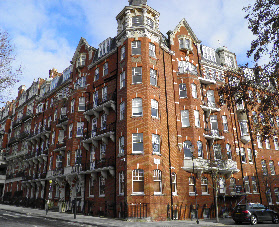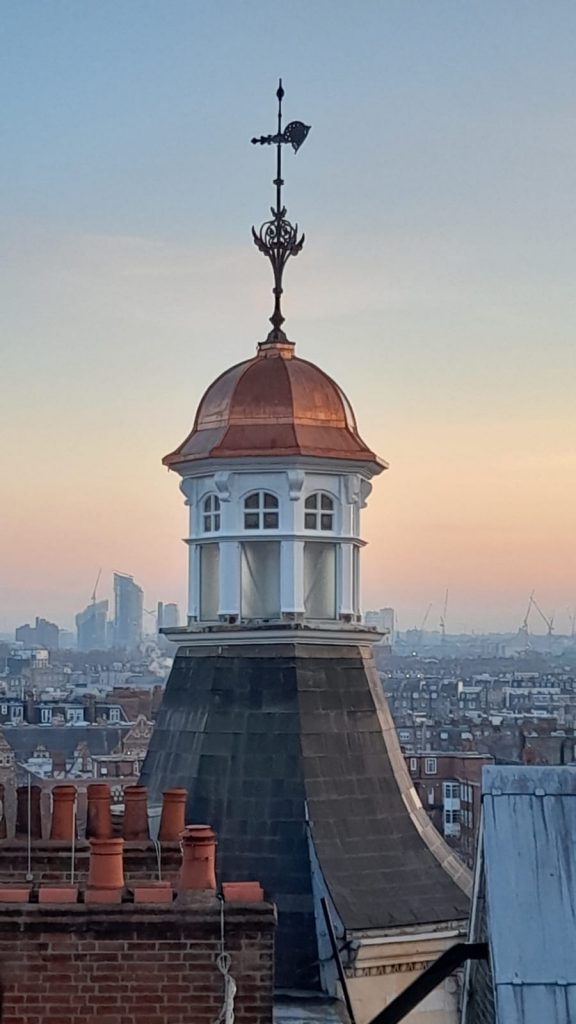There has been a settlement in Kensington since Saxon times and it features in the Domesday Book, which was completed in 1086 and provides a record of the state of England at that time.
Until the sixteenth century, Kensington was a small village, built around the-then St Mary Abbott’s Church. Even in those days, Kensington attracted visitors, who enjoyed the inns and drinking houses located along what was one of the main roads out of London.
More substantial properties were built on the slope between the church and Notting Hill and, from the early seventeenth century, Kensington’s proximity to London and its reputation for healthy air meant that it became popular with “persons of quality and note”. One hundred years later, it had “an abundance of shop-keepers which makes it appear rather like part of London than a country village”.
Between 1850 and 1880, the area completed its integration into London and its transformation from rural landscape to urban environment; the railroad arrived and the Derry & Toms and Pontings department stores opened their doors. At that time, the High Street was claimed as “one of the most fashionable and popular promenades in London”.
This was also the period when the prosperous middle classes began living in blocks of flats – and nowhere more so than in Kensington. Many mansion blocks were constructed in the area, all with distinctive red brick and stonework exteriors and all offering the conveniences of lifts and electric lights. Campden Hill Court was one of these.
Over the last 100 years, Kensington has continued to prosper and it is now one of the most fashionable, international and sought-after residential areas of London.


